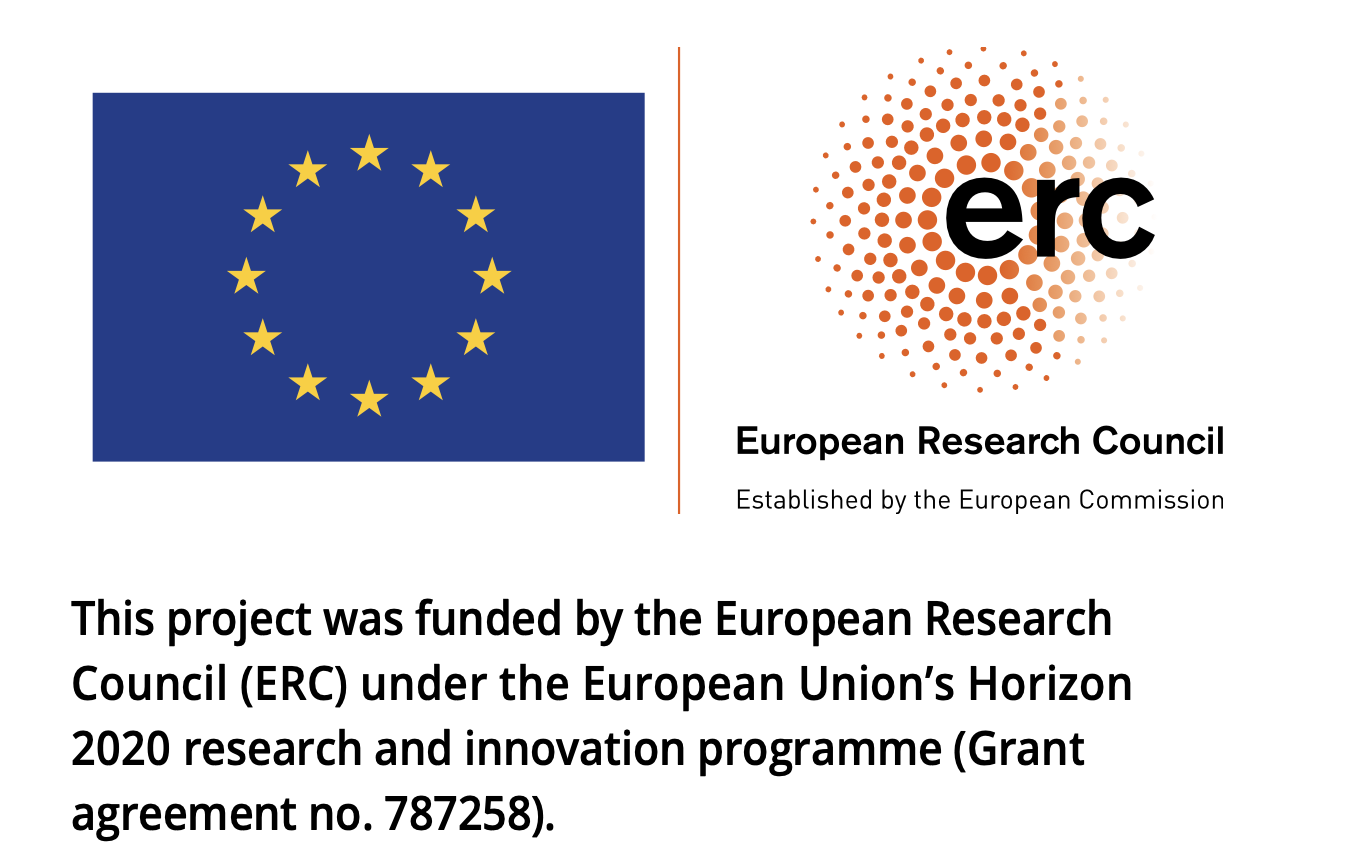Anna Lawson, Maria Orchard, Dick Houtzager, Sanjay Jain, Agnes Meroka-Mutua, Lawrence Mute, Barry Whaley, and Sofia Raseta discuss the Inclusive Public Space (European Research Council) Project and examine the role of law and policy in improving the accessibility and inclusiveness of city streets
Against the backdrop of international human rights and sustainable development commitments (such as Article 9 of the UN Convention on the Rights of Persons with Disabilities (UN CRPD, 2006) and Goal 11 of the Sustainable Development Goals (UN DESA), the Inclusive Public Space (IPS) project addresses the role of law and policy in enhancing the inclusiveness and accessibility of streets. It focuses particularly on aspects of the physical environment and interactions between road users that disadvantage disabled people and, very often, older pedestrians and those navigating streets with young children.
Experiences of street exclusion
For many, pedestrian journeys happen relatively unthinkingly – the quick dash to the bus in the morning, the post-work wind-down to the car park or train, the chatty amble with a friend to a favourite café. For the pedestrians we interviewed in our five project countries (the Netherlands, the UK, the US, India and Kenya), however, barriers encountered whilst walking or wheeling through city streets often made pedestrian journeys complicated, dangerous and stressful, with knock-on implications for their engagement in social and community life, their employment opportunities and their safety, health and independence. Barriers took the form of long-standing problems, such as poorly maintained or missing footpaths; the prioritisation of vehicular traffic; inadequate crossing infrastructure; high kerbs with no ramped access points; or footpaths at the same height as roads with insufficient tactile markings to enable people with visual impairments to identify boundaries between pedestrian and vehicle space. There were also newer challenges, such as (in the Netherlands and the UK in particular) interactions between pedestrians and live cycle lanes or shared space environments (Lawson et al., 2022).
Examples of barriers experienced by the pedestrians we interviewed can be viewed in short documentary-style and virtual reality film formats on the IPS website. So, too, can stories from people experiencing these and other types of street exclusion.
Legal regulation of street accessibility
1. IPS legal research
According to the UN body that oversees the implementation of the CRPD, states should adopt a two-pronged approach to the legal regulation of accessibility, incorporating accessibility requirements into general laws regulating relevant substantive issues, on the one hand, and laws specifically addressing disability equality on the other (UN CRPD Committee, 2014: para 29). IPS research entailed legal experts in the five project countries investigating and writing reports about the extent to which accessibility had been incorporated into both these types of law.
2. Street accessibility in general law
The extent to which accessibility is featured in general planning and transport laws relating to street design and interaction varies from country to country. There were high-profile examples of recent developments in the Netherlands and the US. Thus, the Dutch Environment and Planning Act 2024 makes accessibility an explicit focus and requires municipalities to develop accessibility standards and plans for the public realm (Houtzager, 2021; Orchard et al., 2024). In the US, the Public Right-of-Way Accessibility Guidelines (US Access Board, 2023) were issued by the Access Board in 2023. These were adopted by the Department of Transportation in December 2024, making their provisions on transit stops binding. Other provisions, including sidewalk and crosswalk design, will become binding only if adopted by the Department of Justice (Whaley et al., 2024).
Other important types of general law with the potential to affect the inclusiveness and accessibility of streets were laws regulating the behaviour of car drivers and other road users, such as criminal and tort law (often collated into highway or analogous codes), and laws (such as occupiers’ liability laws) on the duty of care owed by occupiers of adjoining land to passing pedestrians. Disability access is rarely featured explicitly in statutory articulations of such laws, and relevant questions are largely determined in court through case law.
3. Street accessibility in disability equality law
Equality-related commitments capable of supporting legal actions for failure to ensure the accessibility of pedestrian environments are featured in the laws of all project countries except the Netherlands. For example, the US Rehabilitation Act of 1973 and Americans with Disabilities Act of 1990 (Whaley et al., 2024); the UK Equality Act 2010, applicable to England, Scotland and Wales (Lawson and Orchard, 2021 and 2024); the 2010 Kenyan Constitution; and the 1950 Indian Constitution. There were also examples of accessibility being made an explicit focus of legislation, such as in section 40 of the Rights of Persons with Disabilities Act 2016 in India (requiring the government and the Chief Commissioner on Disability to compile accessibility standards) (Jain & Jain, 2024); and in Kenya, article 54 of the Constitution (granting rights to ‘reasonable access’) and sections 21-29 of the Kenyan Persons with Disabilities Act 2003 (granting rights to barrier-free access); and article 15 of the Protocol to the African Charter on Human and Peoples’ Rights, about the Rights of Persons with Disabilities in Africa (granting a right to barrier-free access) (Mute & Meroka-Mutua, 2024)
Enhancing law’s effectiveness – building solidarity and inclusion
As we have highlighted elsewhere (e.g. Lawson-Jacobs et al., 2024), in all our project countries, there were serious concerns about the pace of progress toward more inclusive accessible streets and the generally low political profile and prioritisation of this issue – an issue which assumes such high significance in the lives of the people affected. Positive change will require a range of initiatives, including law reform, good practice sharing, long-term planning and monitoring, strong reporting and enforcement, and meaningful strategies for involving disabled people and their representative organisations. It will also require two types of enhanced awareness, for each of which IPS has produced online guides. First, it will require greater awareness amongst all road users about what they can do to maximise the inclusiveness of streets. Second, it will require greater awareness amongst disabled people and others affected by barriers to street accessibility about how to challenge or remove the barrier through legal and other action. Progress toward accessibility and inclusion is critical but cannot be taken for granted, particularly at a time when section 504 of the US Rehabilitation Act of 1973 – the inspiration and catalyst for disability rights around the world – is being challenged in court (Texas v Becerra, 2024).



